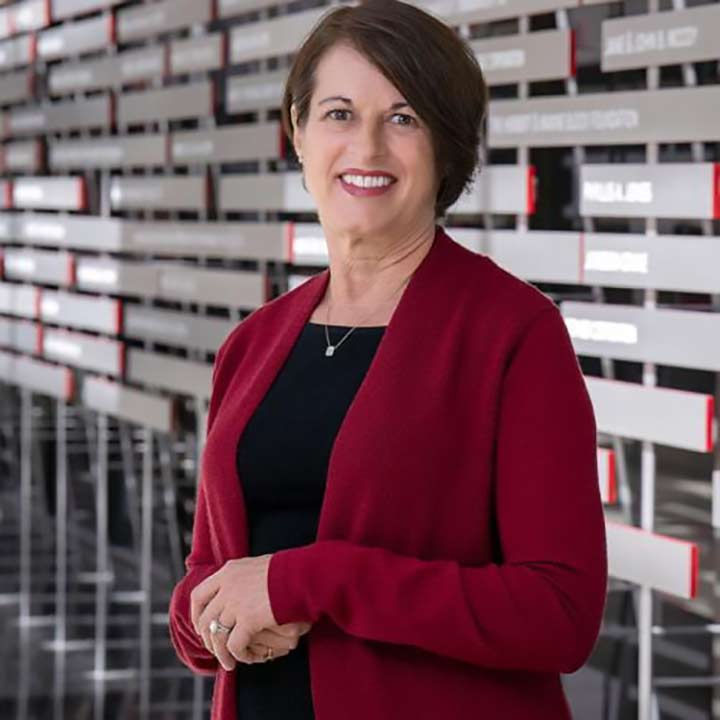
You may have had sticker shock at some point when paying for a prescription.
Drugs can be expensive. The high price tag is largely because of the many years of research a company has to do to prove their drug works, and that it’s safe for you to use.
The U.S. Food and Drug Administration (FDA) has nothing to do with setting prices for medications, but it is the agency that determines if a pharmaceutical drug should be allowed on the market.
Getting that approval can take 10 to 20 years of testing, first in a lab, then on animals and, finally, on people, in what’s called a clinical trial. People volunteer in clinical trials to have a chance to try the drug and for the drug’s producer to know if works and is safe.
At any given time, many clinical trials are going on at hospitals and universities across the country to test drugs or other treatments to cure a disease or make it easier to deal with symptoms.
Every clinical trial has at least three phases.
Phase 1 of a clinical trial
Number of volunteer participants: 20 to 100 people
Typically, the volunteers in Phase 1 don’t have the illness or condition the medication is supposed to treat. The exception to this is in cancer trials, in which all volunteers have the cancer that the medication is meant to treat.
The goal: Determine what, if any, side effects the drug causes, how well volunteers tolerate the drug and what dose gets best results.
Phase 2 of a clinical trial
Number of volunteer participants: Hundreds of people
In Phase 2 of a clinical trial, all volunteers have the condition that the medication treats (e.g., high blood pressure or high blood sugar).
The goal: Determine if the medication has the expected benefit, such as whether it lowered blood pressure or blood sugar as much as researchers had thought. In Phase 2, researchers also continue to focus on side effects and figuring out the best dose.
Phase 3 of a clinical trial
Number of volunteers: Thousands of people
The goal: Determine that the drug benefits people using it and doesn’t cause adverse side effects that outweigh its benefits. The benefits must exceed any side effects for it to be approved.
Sometimes, the FDA will require a fourth phase of trials. That’s when health care providers can prescribe the drug to participants and data is collected on the side effects and experiences of the hundreds of thousands of people who take it. Sometimes, a side effect won’t show up until the drug is given to a very large number of people.
Drug side effects
Whether someone is willing to tolerate difficult side effects of a medication depends on how life-threatening their disease is and how many other alternative medications are available to treat that disease. For example, a cancer patient may be willing to risk having side effects such as nausea, swelling and off-and-on numbing of their hands and feet if the chemotherapy medication shows promise in saving them from cancer. But those side effects wouldn’t be considered acceptable for a medication to treat high blood pressure.
Drug vs. placebo
Typically, clinical trials test a drug against not having any drug, to see if the medication being tested makes a difference in treating the illness. This means some participants will receive the drug being tested and some won’t. Typically, neither the medical staff nor the volunteer in the trial knows who gets what (called a “double-blind study”), so that participants are as unbiased as possible in reporting whether the drug helped with their symptoms.
The clinical trial volunteers who do not receive the medication being tested receive what’s called a “placebo.” That might be a syringe of saline solution or possibly a pill with no medicine in it.
If the medication being tested is for a serious illness or condition that can’t go untreated, all participants in the study will still receive standard medication already known to successfully treat that disease or condition. In this case, a group of trial participants might receive the new drug being tested along with the standard medication. At the same time, another group of study participants might get the standard medication plus a placebo. Then the researchers can compare the health outcome of each of the groups to see if the medication being tested is any better than the standard one.
Recruiting volunteers
One of the challenges with clinical trials is recruiting volunteers. It’s particularly challenging to find volunteers among:
- People living in rural areas
- People of color
Most clinical trials are done at major universities and large hospitals, which aren’t often found in rural areas. As a result, it can be difficult to recruit people who are able to drive to the study location for tests to see if the medication worked.
White people make up the most people who participate in clinical trials, though there are a lot of efforts to attract more people of color. Efforts are made to ensure that drugs are being tested across a wide variety of people from different areas and ethnic groups. But more work needs to be done so that researchers have enough data about all groups of people who might eventually have the drug prescribed to them.
Clinical trials can only be done if enough people volunteer to be in them. It can be a time commitment, and not everyone can do that. For those who are able to participate, their contribution helps make more medications available to either stop illnesses or make it easier to live with them.

Ready to participate in a clinical study?
See what research studies need participants.
Participate in research




